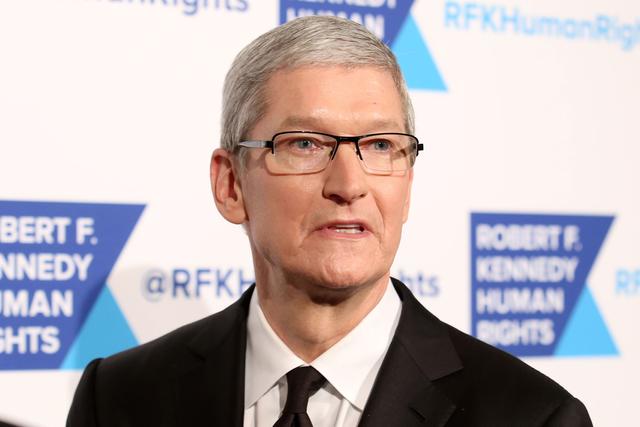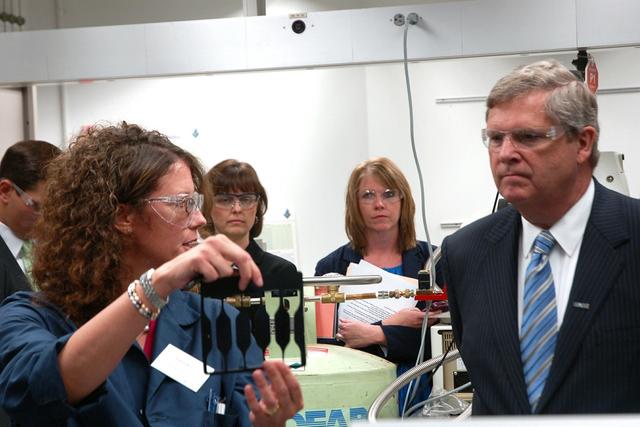Medical Billing Service Owners
Overview

Introduction
Medical billing service owners, or medical billers, help doctors and other health care professionals obtain payment for services. They send bills to patients, private insurance companies, Medicare, and other insurers. Using special software, they file insurance claims electronically via the Internet. They keep files on patients and insurers, and use medical codes when filing claims. Most billers work from their home offices, though some work in the offices of doctors and clinics. Medical billers are sometimes known as e...
Quick Facts
Median Salary
Employment Prospects
Minimum Education Level
Experience
Skills
Personality Traits
Earnings
Some medical billers charge their clients for each claim processed; others charge a percentage of the insurance payment. Some billers have contracts with doctors and charge flat weekly or monthly fees. No salary surveys have yet been conducted on independent billing service owners, but a service processing 300 claims per month can make $10,000 per year for each client. Though most owners of med...
Work Environment
Most medical billers work in the comfort of their own home offices. Although they dont have any direct supervision, clients regularly contact them to check on the status of an insurance payment. They spend much of their time on the phone and on the computer. In some cases, billers may visit a clients office to collect forms; some billers, however, simply exchange information electronically. Bil...
Outlook
More Americans are expected to secure health insurance due to the passage of health care reform. Also, some government programs are actively involved in providing insurance to the elderly, children, people with disabilities, and those with low incomes. The Centers for Medicare and Medicaid Services (CMS), which administers Medicare, Medicaid, and the Childrens Health Insurance Program, provides...

















































